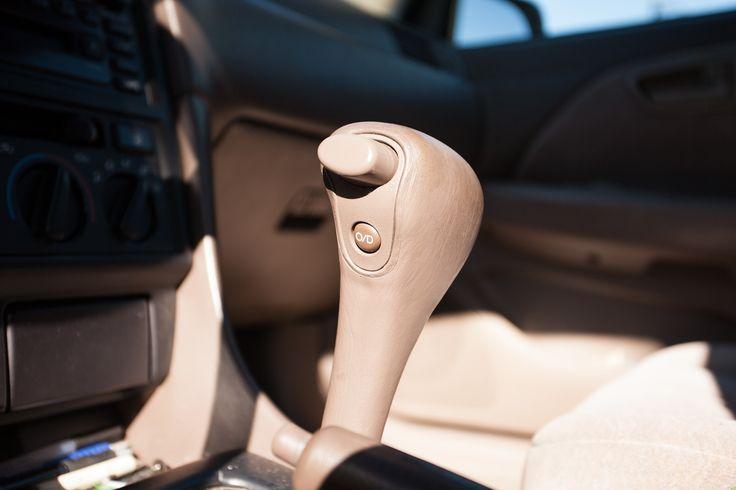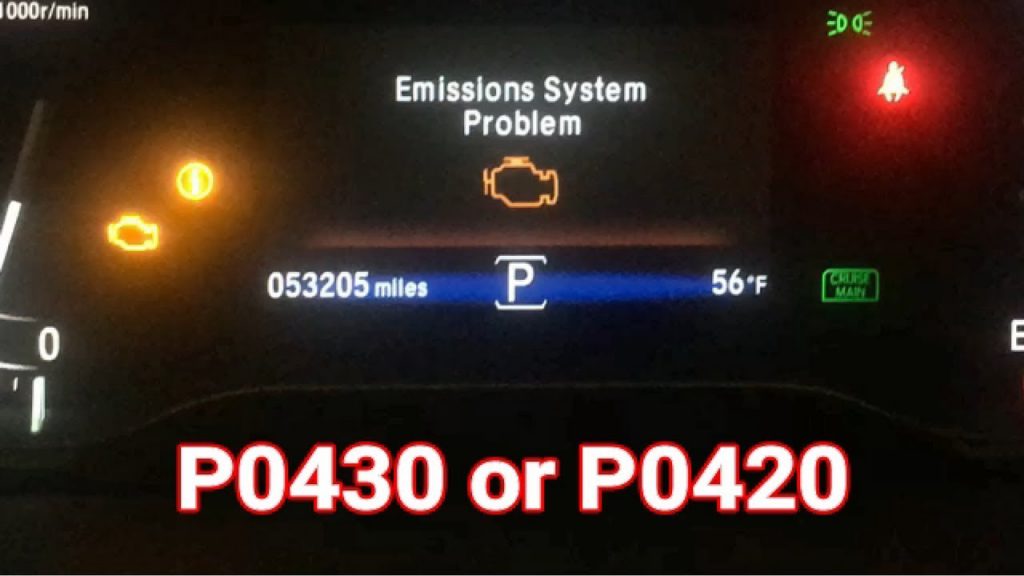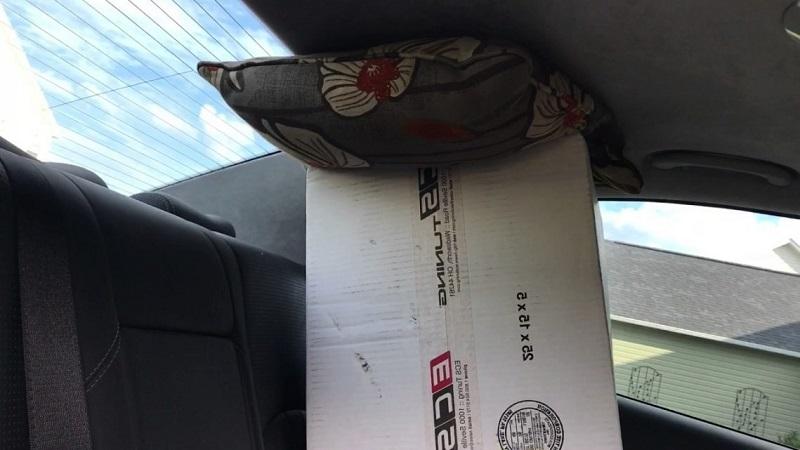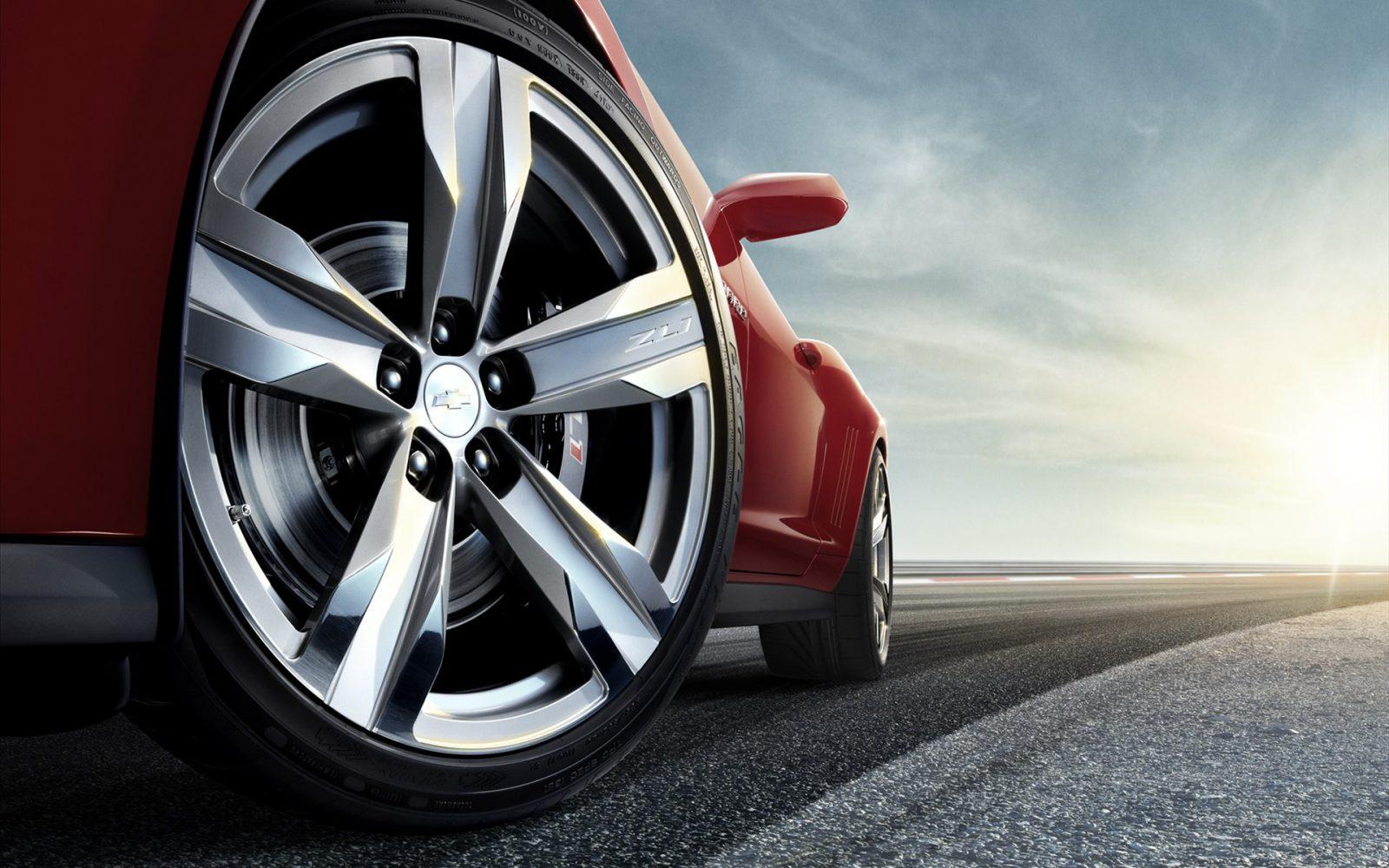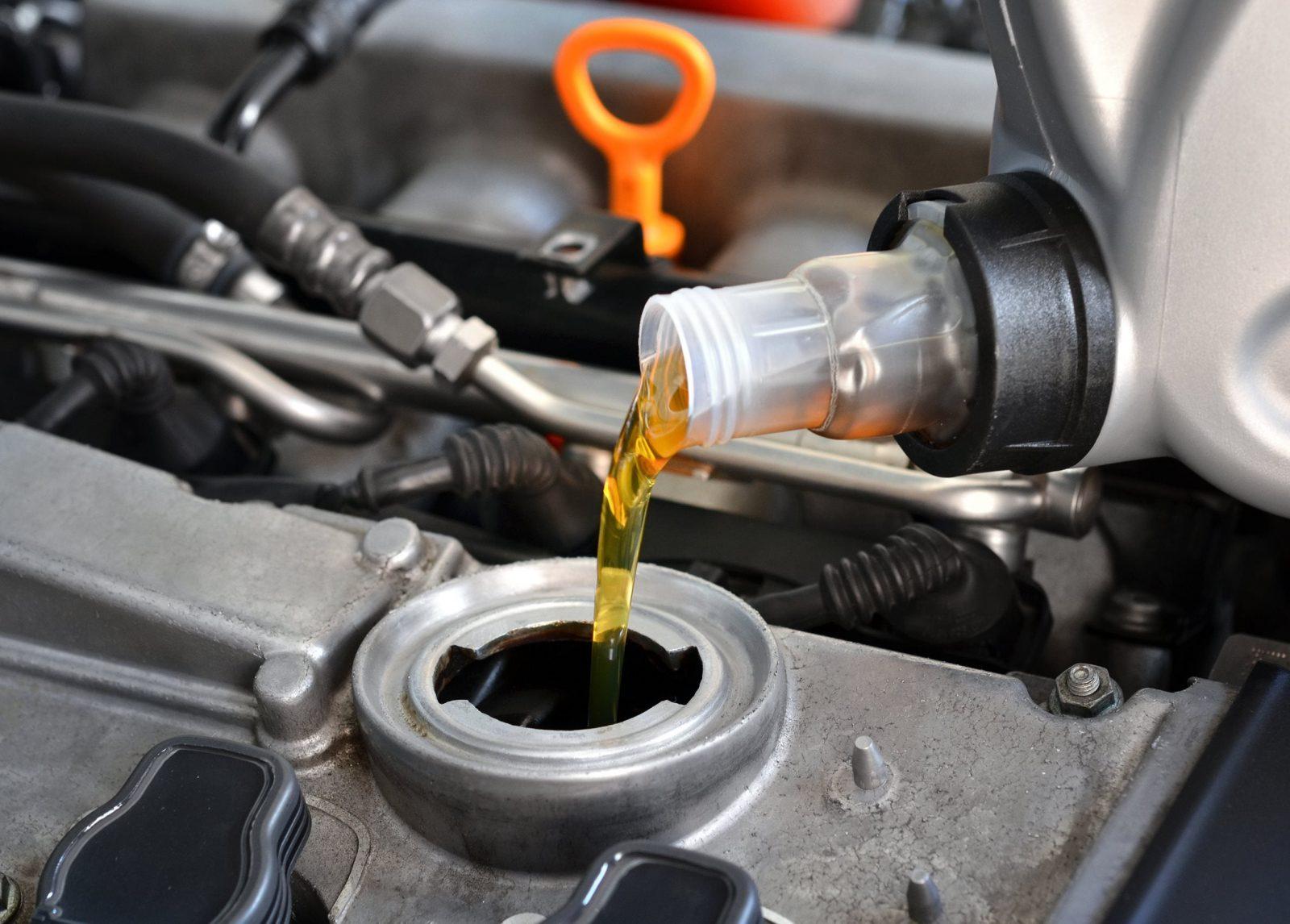4 Simple Tips for Keeping Your Car Bearings in Great Shape
Vehicle bearings allow key components like doors, engines, and wheels to operate efficiently. From door hinges to wheel assemblies, bearings endure great stress and wear while facilitating motion throughout the vehicle. However, most owners neglect basic bearing maintenance until problems arise. Below, we’ll discuss some simple ways to inspect common bearings and ways you can help prevent their premature failure.
Consider Using an Oil Stabilizer
While engine oils already have some additives, you can still add extra aftermarket oil additives. Adding an oil stabilizer to your engine oil will give it more protection than regular oil changes. Oil stabilizers mix with motor oil as additives and make small changes to the properties of the oil. Oil stabilizers allow longer intervals between oil changes by offering improved lubrication and protection.
Changing Your Engine Oil
The car’s internal combustion engine has many bearings. Regular engine oil changes protect your engine bearings, especially high-temperature bearings exposed to extreme conditions, such as high or cold temperatures. Oil additives form barriers in moving parts.
Over time, contaminants get into the oil and break down the additives. Without the additives, the bearings begin to corrode. Following the maintenance schedule and engine oil type in your owner’s manual is the best way to avoid problems.

Inspect Wheel Bearings and Trailer Regularly
Wheel bearings are among the important components that support a vehicle’s weight and ensure its motion. They are fitted into each wheel hub and withstand heavy loads and forces. The wheel hub bearings link the wheels to the powertrain and suspension system. Heat, dirt, and moisture from outdoor conditions add to the challenges.
The biggest issue is a faulty bearing. The wheel may wobble or feel loose, vibrations and strange noises may develop, steering may be impacted, and tires may wear down unevenly over time. Bearings need periodic maintenance checks to avoid these issues. Most of the time, mechanics check up on them during brake services.
Door and Trunk Hinge Bushings
Bushings are the pieces inside your car’s door hinges that help it swing open and closed. Bushings are small cylinders sitting between the hinge brackets and pins. They act as inserts to take the weight and motion, allowing the door to pivot smoothly when you open and close it.
Bushings inside your car’s door and trunk hinges will also need periodic inspection. To prolong the life of the bushings, consider using lubrication sprays such as dust-resistant dry lube to keep them clean and prevent dirt from accumulating. Lubricants could also keep the bushings free from grime, which makes them sticky and more challenging to move. If you find any initial signs of wear-off, have them checked by a professional. A mechanic can determine whether the bushings will be replaced individually or the whole hinge assembly.
Whether it’s the door hinge, an engine component, or a wheel assembly, bearings work behind most systems that serve to move things around in typical automobiles. Failing to do the usual maintenance can lead to early wear and eventual failures.
On the other hand, periodic checks and applying the appropriate lubricants extend the life. So, do not let failure happen. After all, the last thing you want on a drive is to be stranded on the roadside due to a bearing issue.





